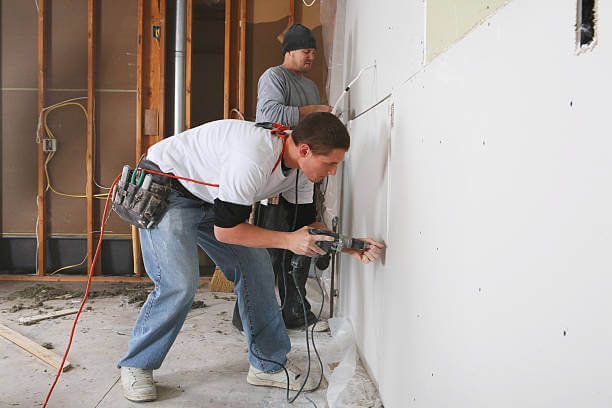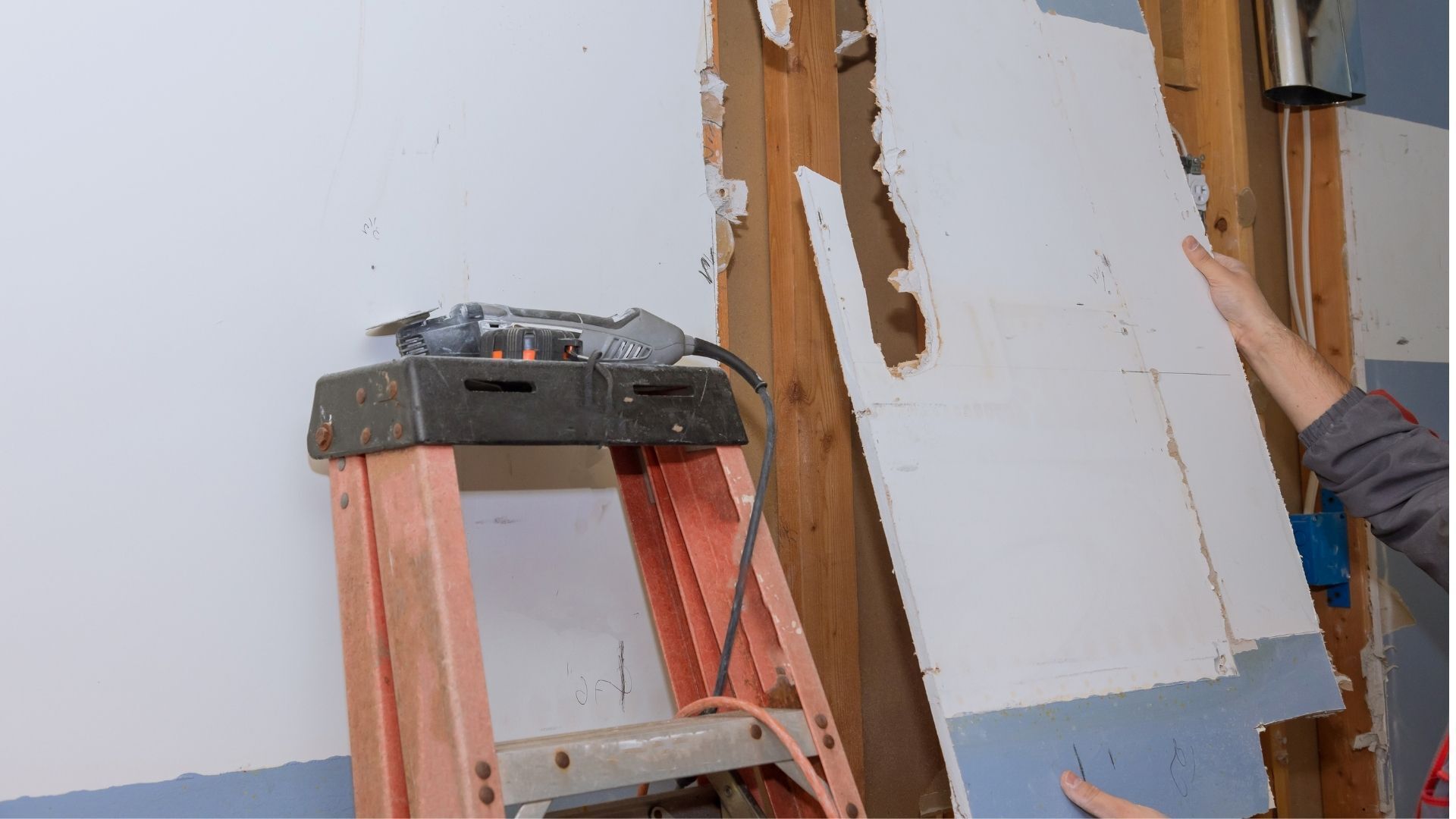The Ultimate Guide to Acoustic Drywalls: Unraveling the Magic of Soundproofing
It can be annoying and distracting to go to a noisy room. But did you know that the materials used in construction can affect how sounds behave in space? Whether improving existing walls or building new ones, having the right supplies is important for making the place sound better.
In this article, we’ll present a complete guide to soundproof drywall ceilings. It covers everything from its smart benefits to choosing the optimum materials for
controlling noise levels.
Understanding the Basics
Drywall is a building material made from stiff gypsum sheets between two paper layers. Installers use it to cover walls by attaching it to the sides of wall studs and joists with nails and screws.
Soundproof drywall comprises multiple layers of gypsum, viscoelastic, and ceramic materials designed to reduce noise transmission between rooms or from external sources. It has two rigid gypsum sheets with a special sound-deadening layer in between. This special layer contains rubbery green glue, mass-loaded vinyl, and ceramics.
Sound travels easily on hard surfaces like regular drywall, but acoustical tile ceilings break up the rigid gypsum with gummy, rubbery, or ceramic layers. When sound waves pass through the drywall, they reach this special layer and vibrate. This vibration traps many sound waves inside the drywall instead of letting them pass through, perfect for places like music studios, entertainment rooms, home theatres, or shared walls between apartments.

The Art of Soundproofing with Acoustic Drywalls
Soundproofing minimises the amount of sound that travels between different areas or rooms. Acoustic drywalls play a crucial role in achieving effective soundproofing by absorbing and dampening sound waves, creating quieter environments.
Manufacturers measure their products using an STC (Sound Transmission Class) rating. The higher the STC rating, the better the product is at soundproofing. If the STC rating is lower, more sound can pass through.
Compared to other drywall types, just one layer of soundproof drywall is nearly twice as effective at reducing noise compared to regular drywall. To explain using the STC unit, one layer of ½-inch-thick soundproof drywall has a 52 rating, while the same size layer of regular drywall is 34.
However, there is a difference in cost. Acoustic drywall costs between $40 and $55 per sheet, while regular drywall costs between $12 and $20. Covering a room with soundproof drywall will cost around 3.5 to 5 times more than using regular drywall.
Soundproofing Techniques and Tips
When using drywalls to soundproof a room, there are some helpful tips to consider:
Sealing and Caulking
Make sure to seal any gaps or joints between the drywall panels. This will prevent sound from leaking through those openings and ensure better soundproofing.
Double-Layering
You can use two layers of soundproof drywalls with a small air gap between them to achieve even more effective soundproofing. This arrangement helps to further reduce the transmission of sound between rooms.
Decoupling
It's a good idea to isolate the drywall from the framing of the walls. This can be done using resilient channels or sound clips. Decoupling the drywall from the structure can significantly decrease the transfer of noise.
Mass and Density
Choosing thicker and denser drywalls will enhance their soundproofing capabilities. These heavier drywalls are better at blocking sound, making the room quieter.
Choosing the Right Acoustic Drywalls
When choosing acoustic drywalls, keep these factors in mind:
Drywalls With High Sound Transmission Class (STC) Ratings
These indicate better soundproofing abilities. Consider as well the Noise Reduction Coefficient (NRC) rating, which shows how well a material can absorb sound. Higher NRC values mean better sound absorption.
Choosing Thicker and Denser Drywalls
These kinds of drywall provide superior soundproofing performance. Finally, make sure to select drywalls that align with the specific soundproofing needs of your space. Consider the purpose and application of the room.
Get the Leading Acoustical Drywall Near You
Acoustic drywall is a versatile building material that can be used to reduce noise levels in a variety of settings. If you are looking for a way to reduce noise levels in your home or office, installing an acoustical drywall is a great option. Abbotsford Drywall & Steel Stud Framing can help you choose the right drywall for your needs and install it properly.
Contact us today to learn more.




